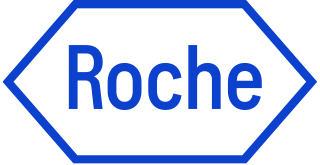“À l’Institut Roche, nous agissons au carrefour de l’industrie et du monde universitaire. Nous avons la chance de travailler chaque jour avec les meilleurs scientifiques internationaux et d’entretenir des collaborations de recherche qui bénéficieront directement à la santé humaine.”
Rôle à l’Institut Roche et parcours professionnel :
Chef de projet scientifique à l’Institut Roche depuis 2018, et depuis 2024,responsable senior de projets scientifiques, mon rôle consiste à collaborer avec les équipes de R&D de Roche. Je suis responsable de l’identification et de la mobilisation de l’expertise et des ressources externes indispensables à l’accélération des découvertes scientifiques et au développement de nouveaux traitements pour les patients.
En d’autres termes, je suis impliquée dans l’identification, la mise en œuvre et la gestion à long terme de programmes de recherche translationnelle collaboratifs entre nos équipes de R&D et le milieu universitaire. J’ai également la chance d’être directrice de thèse, contribuant ainsi à former la prochaine génération de chercheurs.
Neurobiologiste moléculaire de formation (doctorat de l’université Paris-Saclay, France), je suis également titulaire d’un master en management biopharmaceutique (ESCP Europe business school). J’ai travaillé plus de dix ans dans le milieu universitaire, d’abord en tant que chercheur postdoctoral à l’institut neurologique Burke (White Plains, NY), puis en tant que junior faculty à Weill Cornell Medicine (New York, NY).
Objectif à l’Institut Roche :
À l’Institut Roche, mon travail porte sur l’immunologie, les maladies rares du sang, ainsi que les affections cardio-vasculaires et métaboliques.

